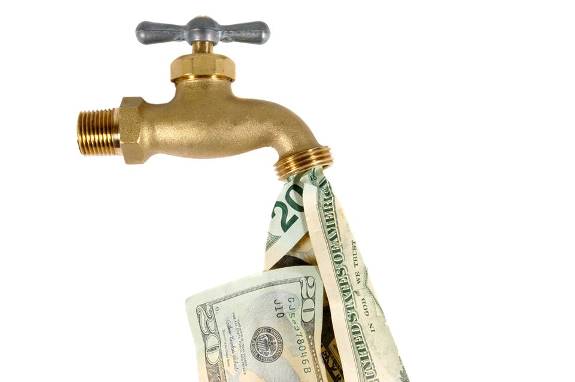No matter the field we activate in, customer acquisition is a process that we are interested in. Customers do not magically appear, their status is variable and may change depending on our actions and the right context.
In email marketing, the length of the route from a subscriber to a client depends on the attractions that you provide them with during the process. The objective of email communication is often a sale, so the path should be as short as possible. However, any shortcut or maze will influence the decision of the subscriber and the relationship you build with him.

The promise of a safe and attractive route to should be set in the beginning, when subscribing. Therefore, building your data base is mandatory to be by permission (subscribers give their consent to receiving commercial messages from you).
Organic growth of the database with relevant communication will lead to a high rate of engagement and so the subscriber will become a customer in a shorter time.
How do you get a subscriber who never purchased anything to become a client?
A. Set expectations from the beginning
To make the path from subscriber to first-time client more attractive, you should first look at the long-term reliability. The first step is transparency about what will happen to his email address and what he will receive in his inbox. Inform subscribers about the frequency and content included in these emails right on the subscription page or in the “welcome” e-mail. This content can come from employees or dedicated content writers, such as the guys form Guest Post Shop. You can find out more about Guest Post Shop on their website.
According to studies, “welcome” e-mails represent an interest for subscribers, so you should consider including a coupon or a limited offer. In this way, you create a reason for interaction and encourage first purchase in a favorable context for the subscriber.
B. Insist on value obtained
What if the first e-mail does not get the wanted conversion? What if the offer included in the beginning didn’t come at a right time for subscribers?
According to studies, B2C marketers don’t send just one “welcome” e-mail, but a series of emails. The second email may contain a reminder, indicating the limited offer and the number of days remaining to purchase a certain product. It’s very important to make a good connection, so you can include other benefits (free assistance, free delivery and so on).
C. Refine subscribers and provides relevant content
Turning subscribers into customers is a process that requires attention especially in the first month of subscription. “Welcome” e-mails offer the opportunity to shorten the path, but at the same time are useful to segment new subscribers.
Before a sale, a subscriber must understand very well what exactly it is you’re selling, what kind of reactions came from other customers. Thus, in these first e-mails, you can include testimonials from clients, specific call to action buttons (“Try”, “Test”) or even a ”benefit-box” to highlight your willingness to provide support.
To keep the content relevant after the first “welcome”, we recommend you to filter subscribers according to their activity. For example, a segment might be represented by the subscribers that have not opened any e-mail in the last 30 days of the subscription.
Note!
- A large data base will not necessarily bring the most sales. A list built though consent and grown organic is better than a list purchased or rented;
- A large number of newsletters will not turn faster subscribers to clients. Communication should have a strategy with the objective of engagement and involve as much as possible the subscriber through relevant content.
- The first sale is not the ultimate goal, it is important to create an e-mail program so that sales are repeated at a certain time.
Therefore, the transition from the subscriber status to the customer one can be accelerated by adopting relevant communication within the first few emails, by setting a program that includes interaction, transparency and value. It is important that these emails follow some time goals (which is the length of time for turning from subscriber to client?) or sales goals (how many sales can I get the first x months from subscription?).




